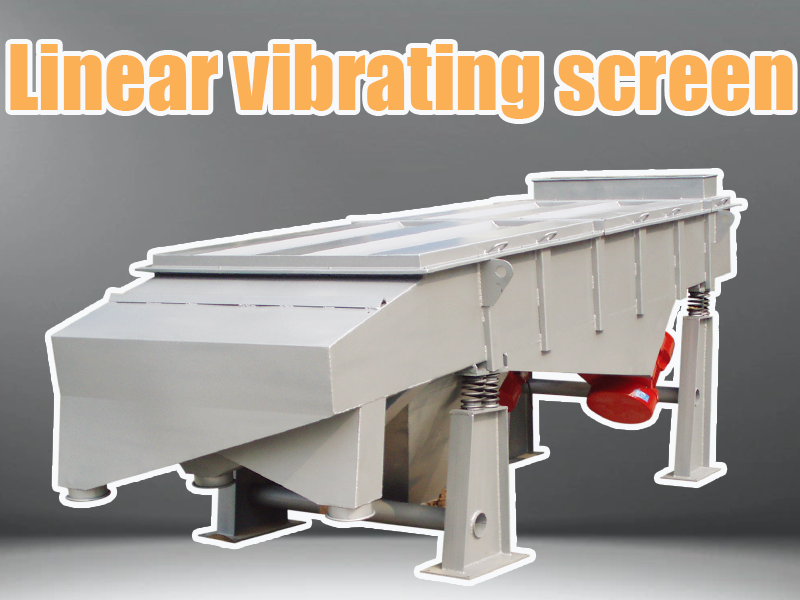Multi-Grade Metal Powder Classification Made Simple with Linear Vibrating Screens.
Post Date: 2025-05-13
In the production and processing of metal powders, accurate particle size classification is a critical step that directly impacts product performance, consistency, and downstream processing efficiency. Whether used in additive manufacturing, powder metallurgy, electronics, or coatings, metal powders must be screened to exact specifications.

The linear vibrating screen has become an essential solution for this task. Engineered for high-efficiency screening and precision grading, this equipment offers a reliable way to separate metal powders into multiple particle size fractions.
Unlike conventional screening equipment, the linear vibrating screen provides several distinct advantages that make it particularly suitable for handling fine, dense, and often dusty materials like metal powders.
Key Benefits of Linear Vibrating Screens for Metal Powder Screening:
- Fully Enclosed Structure
One of the most important features of the linear vibrating screen is its fully enclosed design. This structure prevents powder from leaking or dispersing into the air during the screening process. As a result, it provides a much cleaner, safer, and more environmentally friendly working environment. For operators working with potentially hazardous or reactive metal powders such as aluminum, titanium, or copper, this dust containment is not only beneficial—it is essential. - Multi-Grade Particle Separation
The machine is equipped with multiple screen layers, allowing the separation of material into several precise particle size groups at the same time. This makes the linear vibrating screen ideal for applications that demand uniform granularity across multiple grades. Whether producing fine powders for 3D printing or coarser material for structural components, each particle fraction is separated with high accuracy. - Automatic Discharge
The linear vibrating screen features automatic material discharge, reducing manual labor and improving operational efficiency. Once particles are screened to the required size, they are discharged automatically through individual outlets, streamlining the classification process and maintaining consistent throughput in continuous production environments. - Uniform Particle Size Output
Thanks to the high-frequency linear vibration and fine mesh options, the screening process ensures even and consistent particle sizes after classification. This uniformity is essential for processes where precision affects material behavior, such as sintering or powder compaction.
Application Areas:
- Powder metallurgy
- Additive manufacturing (3D printing)
- Electronics and battery materials
- Chemical and alloy powder processing
- Metal recycling and refining industries
How It Works:
The linear vibrating screen operates using two horizontal vibration motors mounted in parallel. These motors generate a linear motion that propels material forward in a straight line across the screen surface. As the powder moves, particles smaller than the screen openings fall through to the next layer, while oversized particles continue to travel forward. This staged screening enables efficient, multi-grade classification.

